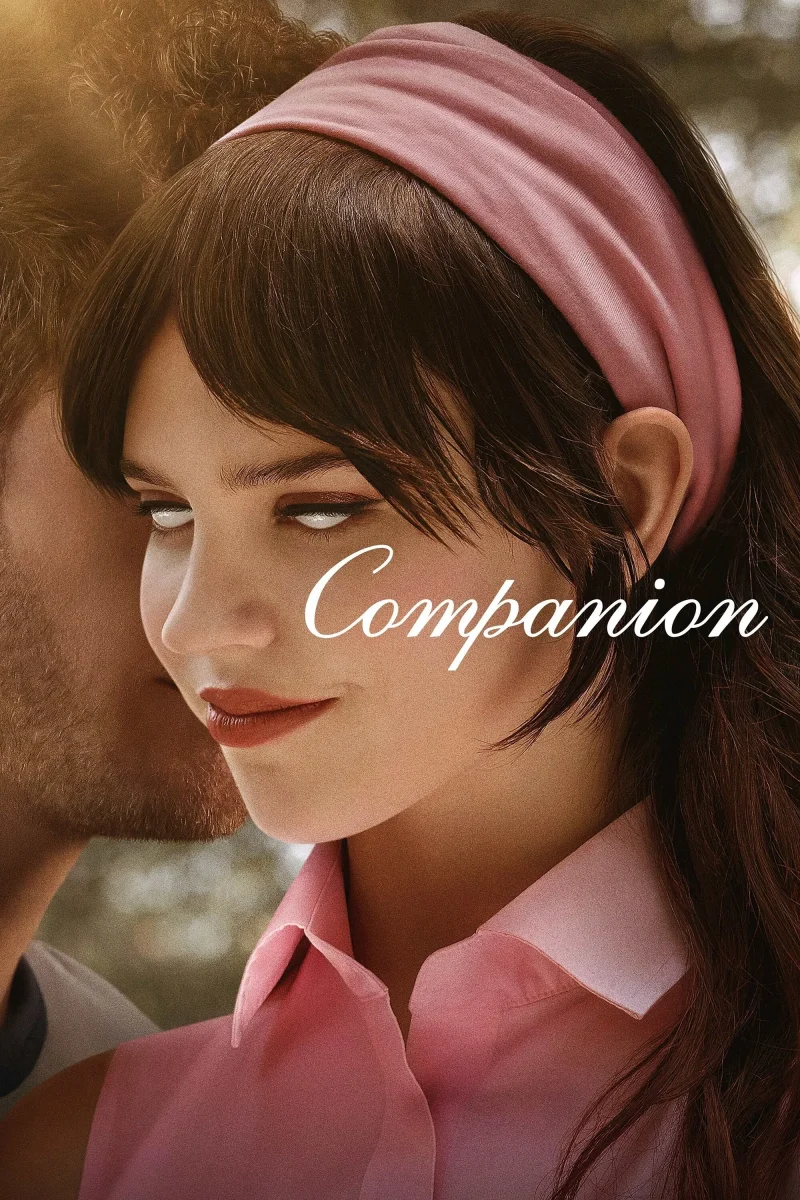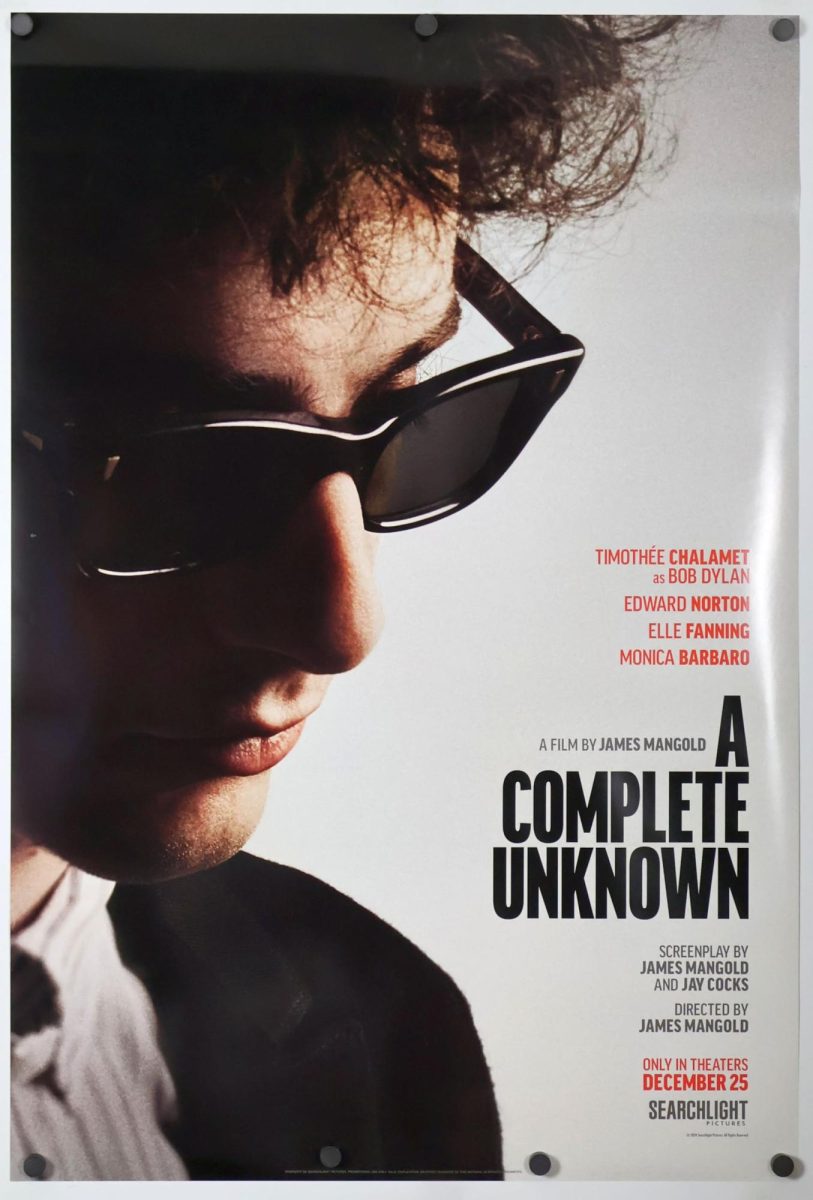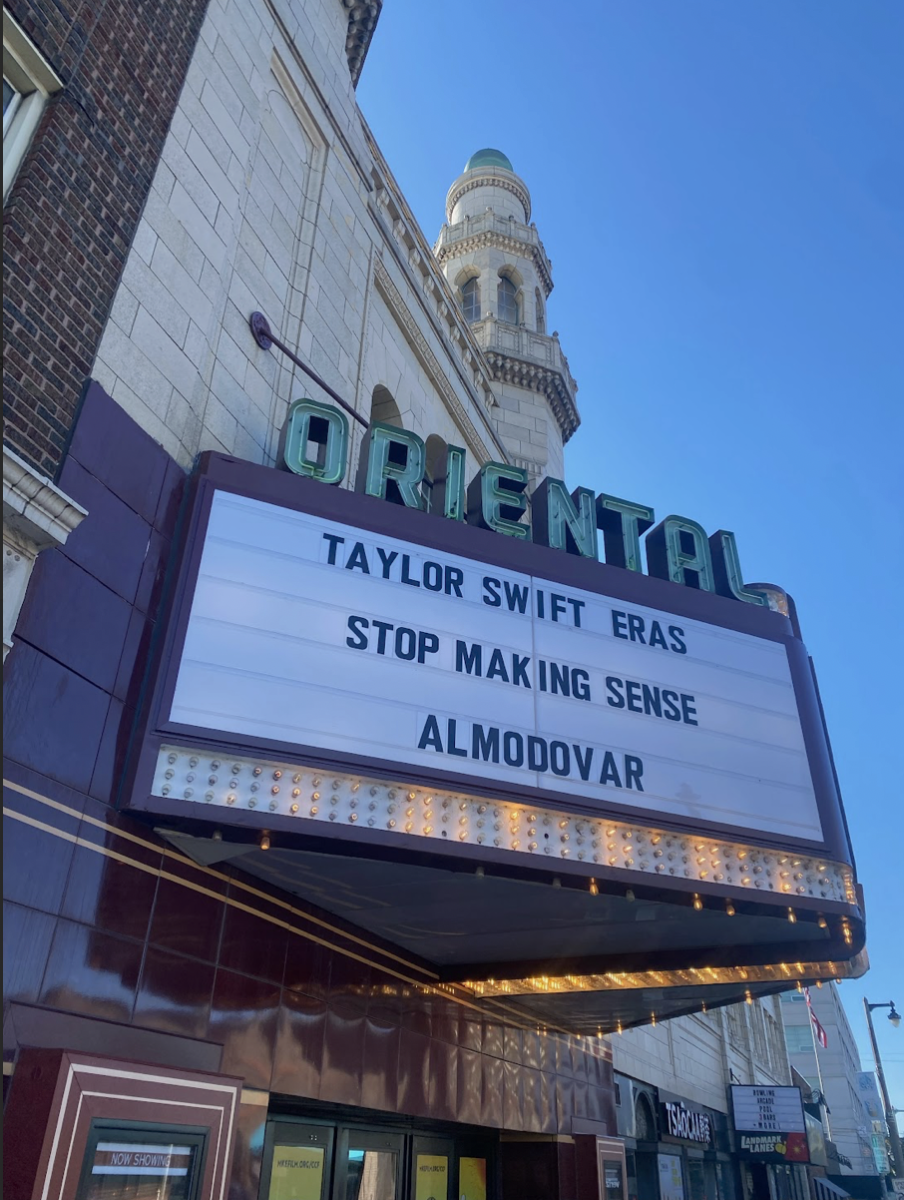Special to the Tribune
It’s difficult when a classic film is remade. Most fail to stand apart and are never judged independently. But despite the odds, I found the remake of the famous 1976 horror film “Carrie” stands up to the original.

Before I saw the 2013 version of “Carrie,” I watched the original and was disappointed to find it didn’t live up to its reputation as a horror cult favorite. I was told over and over how this film was a classic, how Carrie White was an iconic character and how the film was based off a Stephen King novel. Doesn’t that mean it should be good?
Perhaps my lackluster response to the original is generational, not growing up with the film in the ’70s. That’s probably why audiences of today will be able enjoy to the remake of “Carrie” even more than what I found to be a nonthreatening predecessor.
If you haven’t seen the original, “Carrie” is the sad tale of the shy and socially awkward Carrie White, played in the new film by Chlöe Grace Moretz (“Kick Ass,” “Hugo”), who is subjected to isolation and bullying at school.
The abuse continues at home, this time from her religious mother Margaret White, played by Julianne Moore (“The Kids are Alright,” “Game Change”). But when Carrie is asked to the prom by popular jock, Tommy Ross, newcomer Ansel Elgort, she discovers the power of telekinesis and her outlook begins to change.
All seems fine, until bully Chris Hargensen, played by Portia Doubleday (“Youth in Revolt”), takes a cruel prank too far, and Carrie breaks. Carrie releases her lashes out on her peers and, famously, makes prom a true night to remember.
The remake of “Carrie” is similar to the 1976 version in structure and even parts of the dialogue. But what causes thenew take to stand apart is the way director Kimberly Pierce (“Boys Don’t Cry,” “Stop-Loss”) focuses on enhancing the development of Carrie’s power, adding goriness to the epic prom scene and highlighting Moore’s different adaptation of Margaret White.
The remake expands on Carrie’s telekinetic abilities, showing more scenes of Carrie exploring her newly discovered power by manipulating the movement of a flag and various objects in her room. These scenes effectively build suspense and allow audiences to see Carrie’s growing control over her power.
The remake is also more visceral when Carrie finally snaps and lets revenge loose upon her peers at the prom. This was the ultimate test to show the differences between original director Brian De Palma and Pierce’s versions of “Carrie.” With the latest technology and special effects, the infamous graphic prom scene in the latest film looks more realistic and bloodier than ever.
The blood that splashes upon Carrie is much darker and less like paint. The way Carrie kills her tormentors becomes more graphic as well when bleachers collapse, gowns are inflamed and students are trampled and stabbed to death by high heels and thrown against glass.
Moore’s performance and adaptation of the religious extremist-mother brings a new perspective beyond that of Piper Laurie’s original take on the role.While Laurie portrayed Carrie’s mother as theatrical, speaking loudly, shouting out bible verses and begging Carrie to repent her sins, the approach Moore took was more subtle, yet just as effective and disturbing. Moore played Margaret White as a quiet extremist who hastily whispers her threats to Carrie. This approach made Moore’s few moments of rage a surprise, with each scene more terrifying, deranged and eerie.
While I doubt the remake surpasses the original, both films are not what I would call, traditionally scary. It isn’t the I-am-so-scared-I-am-going-to-sleep-with-the-lights-on type of horror movie. But I would recommend “Carrie’s” more creepy, suspenseful take on horror for viewers who are apprehensive about scary movies. The film is both chilling and gripping, but manages to gently introduce new and anxious audiences into the horror genre.
The popular slogan that comes with the story, “You will know her name,” still stands to be true, as generations of today will now know Carrie White and will perhaps, like me, better connect with a modern take on the classic.
3 out of 5 stars






